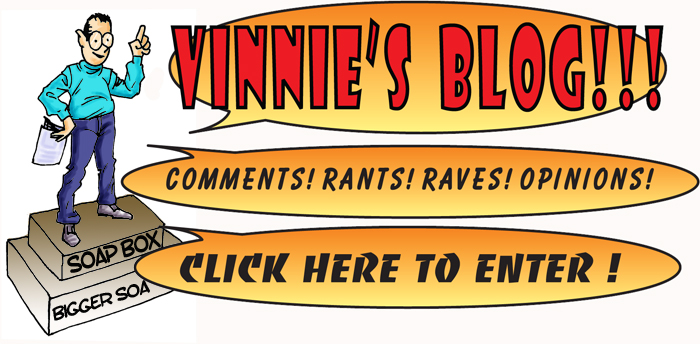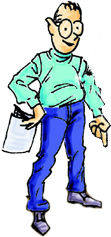Long before he went into the famous carpet business that his father founded in 1925, Aram Alexanian was attaching the family name to a very different kind of enterprise.
Comic books. He was making them and, during the Second World War, tens of thousands of Canadians were reading them. That’s how popular they became. And then they were gone.
Aram was a key part of a fascinating quirk of our national history — the amazing overnight blossoming of Canadian comic book art during the war against Hitler.
It is a history in grave danger of being entirely forgotten but for the efforts of four comic book collectors, two of them from Hamilton, who’ve undertaken the superheroic (well, they are comic books) rescue mission of pulling an important chapter of our past back from the brink of oblivion.
Aram started his comic book career in the late 1930s and early 1940s when he lived and studied art in New York City. He actually drew several Superman comic books.
“He was ‘ghosting’ for DC,” says Alene Alexanian, Aram’s daughter.
When Aram returned, in 1940, his eyes, brain and inking hand were still aflame with his passion for this new art form.
Then, on Dec. 6, 1940, something radical happened. The Canadian government, as part of its wartime effort to limit imports to only the most essential goods, banned the introduction of American comic books to the True North strong and free.
“Much to my chagrin, they didn’t recognize comic books as essential goods,” jokes Walter Durajlija, an internationally recognized comic book authority and owner of Big B Comics on Upper James.
Almost overnight, an industry sprang up. There were four main Canadian wartime comic book publishers — Bell Features, Anglo-American, Maple Leaf and Educational Projects Inc.
Aram produced the Super Commando comics and several others.
Like most of the comics of the boom period, Aram’s dwelt on war adventures and fighting the Nazis.
The tradition that Aram represents is now being championed by Walter and Ivan Kocmarek, who has collected comics for 50 years, along with James Flynn from Port Perry and Stephen Lipson (he has the largest collection of the wartime comics) from Toronto.
“As a ‘retirement project’ I took on the task of helping index, preserve and promote this neglected period (1941-6),” says Ivan.
“These (the wartime comics) are not codified in any guide and our nonprofit project to establish a web presence and database for these books is intended to coincide with the release of the Canadian documentary Lost Heroes.”
Because the Canadian comic industry had to create itself ex nihilo (as the Romans used to say), up from nothing, there were technical challenges.
“They didn’t have the technology to publish in colour,” says Ivan.
And so, the comics are often referred to as the Canadian Whites.
“I remember seeing my father’s comic books,” says Alene, “and I didn’t know they were comics. I thought they were colouring books.”
Only the covers were in colour, but the registration on them was often awry and a patch of red meant for a face ended up slightly off position.
But the artistry and writing are strong, and some of the great practitioners — Edmond Good, Adrian Dingle, Gerald Lazar and Aram — are still highly thought of.
“The Canadian heroes tended to be more earthy than the American ones,” says Walter. “The powers weren’t so fantastic or supernatural. We never had a Superman or Shazzam. We had Brock Windsor, an outdoors type, with a 14-foot tall Aboriginal sidekick.”
Once the embargo was lifted, the American comics flooded back in, the sheer volume overwhelming the indigenous product. By 1947, the era was over.
Around this time, says Alene, Aram got a tap on the shoulder and took his place in the family business. He did return to the art from time to time; he created the genie figure logo used in much of Alexanian’s promotions and, occasionally, did sports art for The Hamilton Spectator.

 TO VIEW VINNIE'S OLD BLOG PAGE CLICK HERE
TO VIEW VINNIE'S OLD BLOG PAGE CLICK HERE

